ARCH 3007 Exam 3 - Brick / Masonry
1/29
Earn XP
Description and Tags
Name | Mastery | Learn | Test | Matching | Spaced |
|---|
No study sessions yet.
30 Terms
Masonry
Constructed of materials used by masons: brickwork, concrete block work, and stone work
Mason
A skilled worker who builds by laying units of substantial material such as stone or brick
Brick masonry
Excavated clay, shaped, dried, stacked, fire resistant, small in scale
Likely to crack during drying
Easy to install and stack
Dimensioned to fit human hand
Clay
Extruded and cut or pressed in molds; then fired in kilns
Brick laying
Laid in position for visual and structural reasons
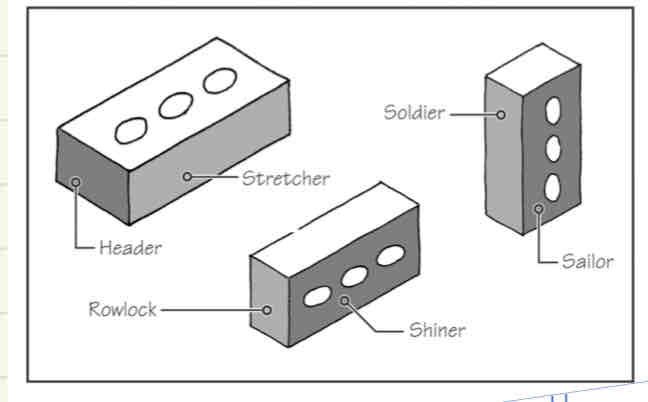
Parts of brick
Brick laying
Laid in position for visual and structural reasons pattern is called a bond
Mortar
Cushions the units giving them full bearing
Seals units to keep out water/wind
Bonds units into monolithic structure
Affects the finish or overall appearance
Occupies about 20% area
Portland cement, sand, water, lime
Mortar ingredients
Brick
Mortar in joints
Tile
Mortar behind, ground in joint
Repointing / tuckpointing
Scrape out and replace external layer of mortar
Brick joints
Average thickness is about 3/8”
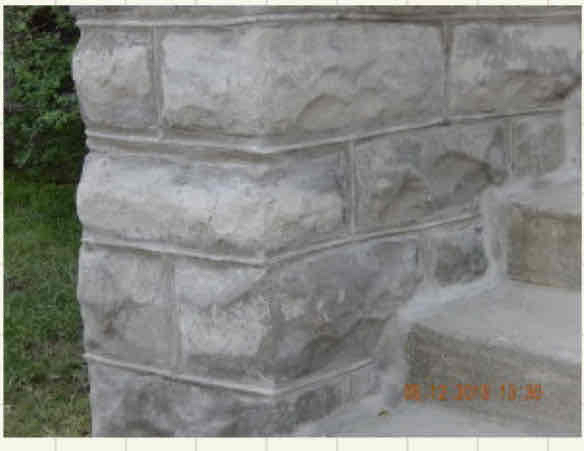
Beaded joint
CMU
Larger than brick, made from concrete
Manufacturing
Vibration of stiff concrete mix into metal molds cured at an accelerated rate with steam
Glass block
Clear, heat absorbing, reflective

Types of bonds
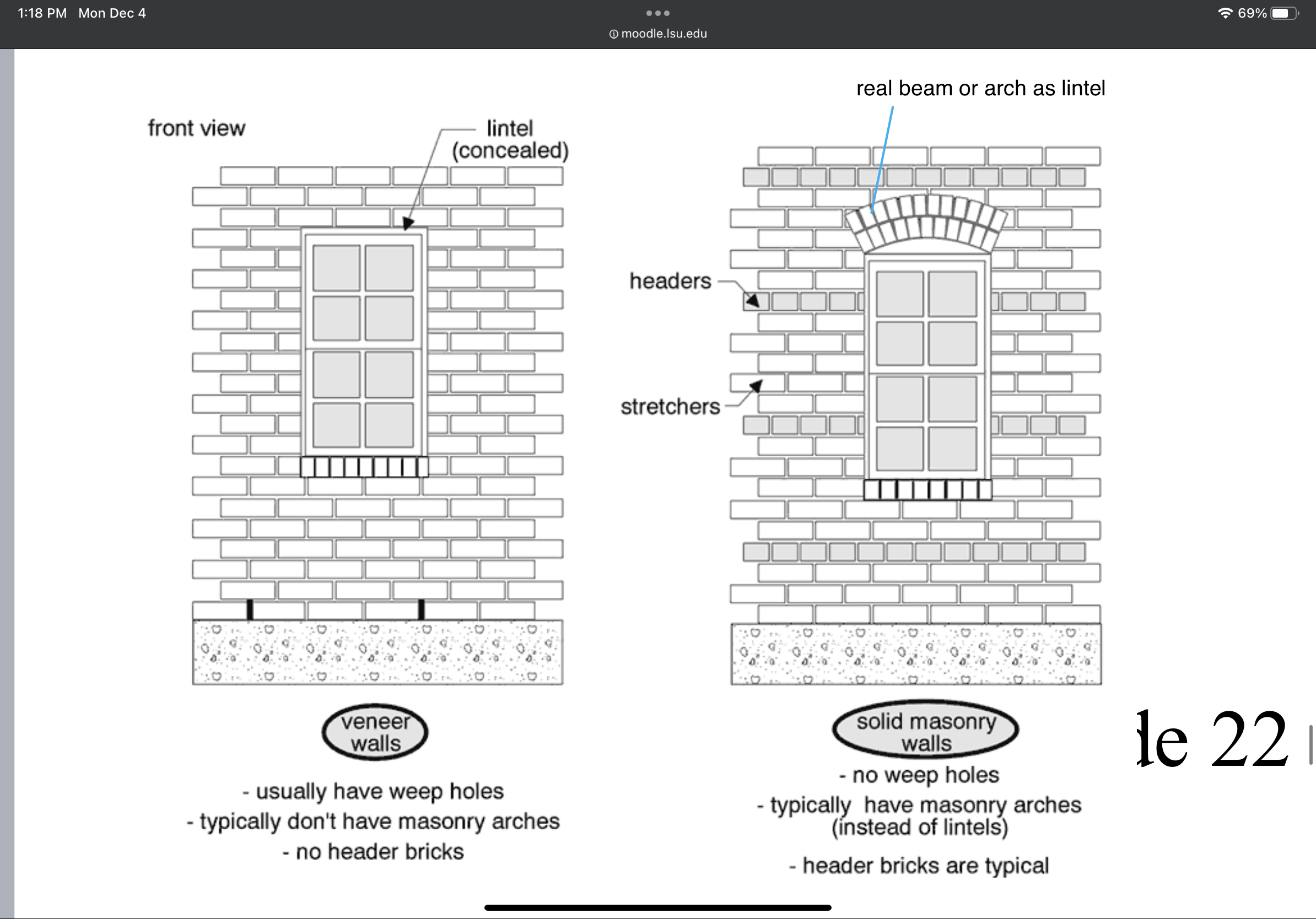
Veneer vs. solids masonry
Nominal dimensions of brick
Dimensions / 8” = X or X.5
Random rubble
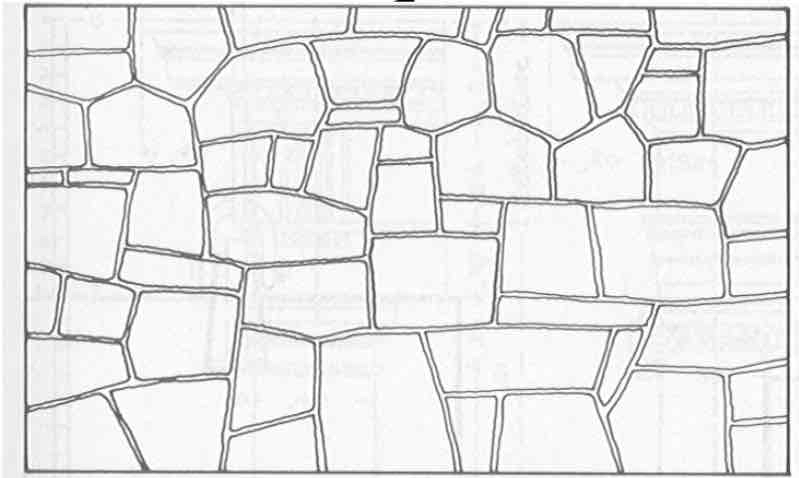
Course rubble
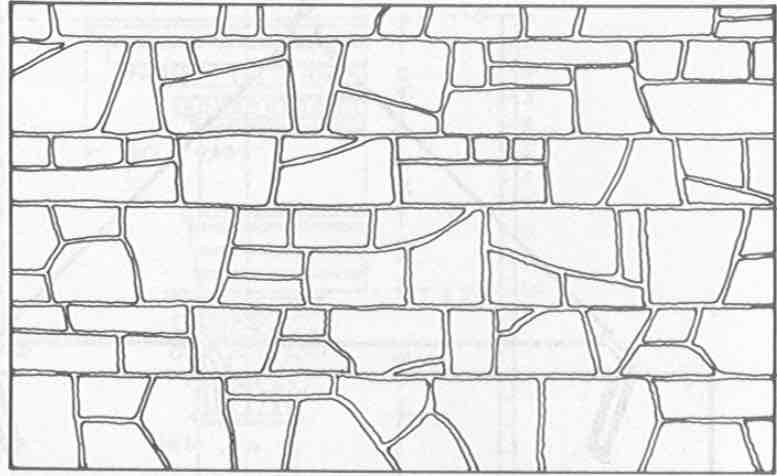
Random Ashlar

Coursed ashlar
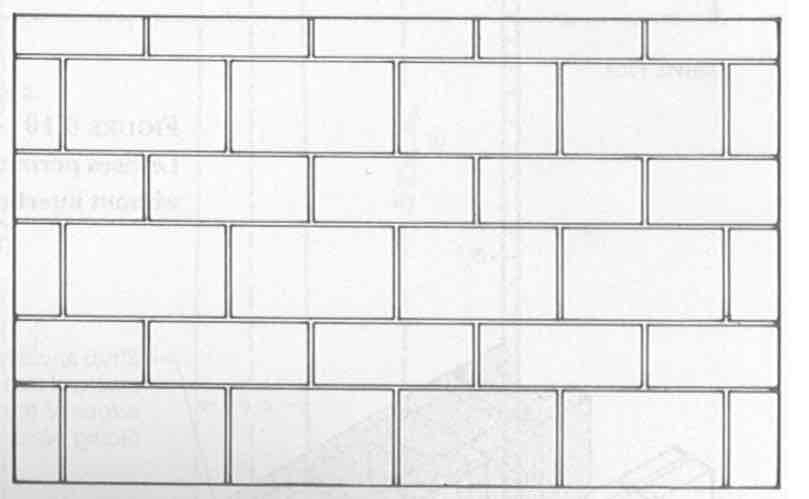
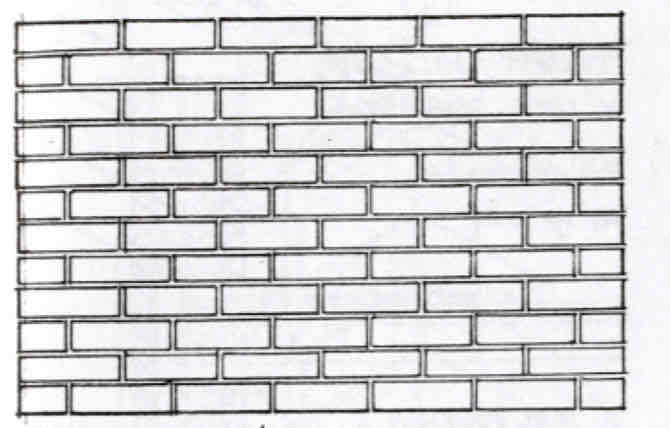
Running Bond - the simplest pattern

Common Bond - similar to running bond but a head course at every 5th, 6th, or 7th course
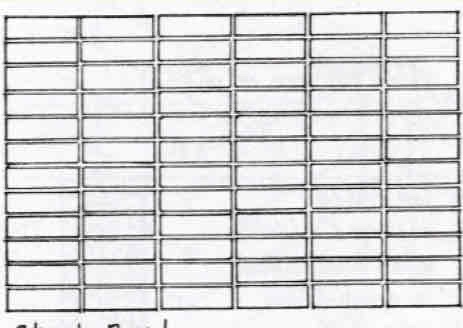
Stack Bond - no overlapping units, longitudinal reinforcement
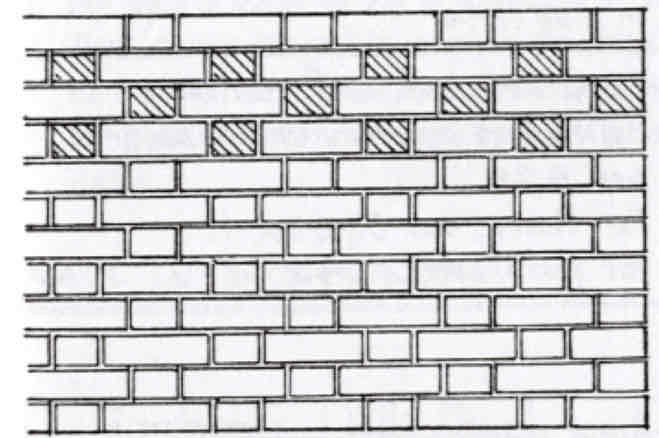
Flemish Bond - each course consists of alternating headers and stretchers

Common Bond - every 6th course is composed of Flemish headers
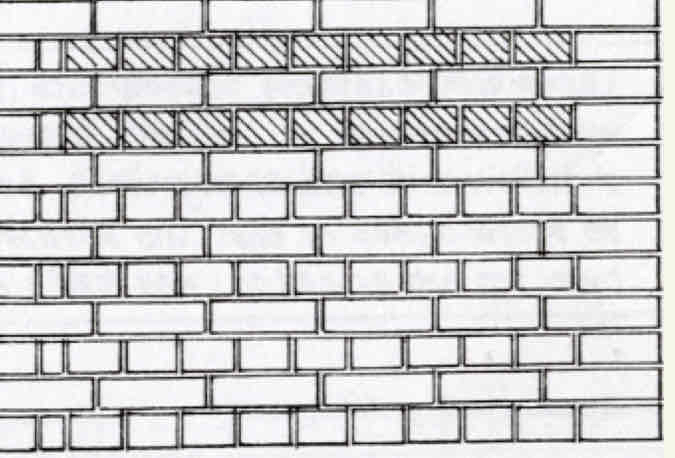
English Bond - Pattern consists of alternating stretcher and header courses